Customer loyalty is the holy grail of business because nothing drives future investments like customers who are loyal to you. Loyal customers are less price-sensitive, spend more, and tell their friends about your business.
On the flip side, the wrong customer interactions can alienate your customers, leaving them feeling neglected and less likely to recommend you. And without loyal customers, running a successful business becomes an uphill journey.
In this article, I will go through the essential customer touchpoints in the digital customer journey that will help you optimize the loyalty shown by the most important people in your business. Let's get right into it.
Customer Loyalty Touchpoints in the Awareness Stage
Also in this article:
- Customer Loyalty Touchpoints in the Consideration Stage
- Customer Loyalty Touchpoints in the Decision Stage
- Customer Loyalty Touchpoints in the Retention Stage
So much happens before the purchase. It begins with awareness - how does your customer first become aware of you? Is it through advertising? Word of mouth? Do they find you on Google or social media platforms like Facebook and Twitter?
The more exposure a customer has to your brand, the more likely they will trust your company and be loyal. This is why awareness touchpoints are so essential to have up your sleeve.
Let's take a look at some popular awareness touchpoints:
1. Brand Name Exposure
Brand name exposure is critical whether you are just starting an online business or have been in business for years.
The more people see and hear your name, the more likely they will trust you and be loyal to you. Exposing the right customer demographic to your brand name is crucial for making them aware you exist.
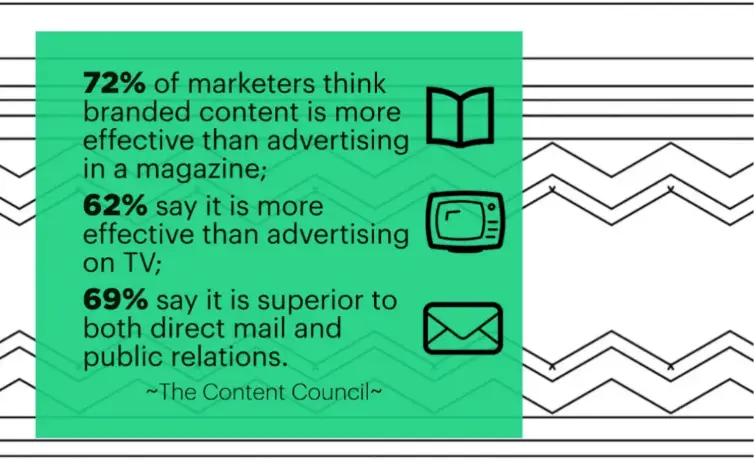
Image Credit: LucidPress
This is why you need a smart online presence. Whether it be social media, search engine optimization (SEO), or even Google PPC advertising, the more people see your company name, the better.
One of the best ways to increase brand awareness is by focusing on influencer marketing. This type of marketing helps boost your rankings and catch new eyes all at once.
If you're interested in search engine optimization, check out our guide on 5 SEO tips to boost your sales, get more website traffic, and increase your customer base.
2. Reputation
Reputation is everything in business. It's the sum total of all good and bad customer interactions. This is why focusing on delighting your potential customers and resolving their questions is essential - even before they become your customers.
Setting the tone for how people view your company is important in the awareness stage. If you have a solid reputation, future customers are more likely to trust you and be loyal to your brand.
3. Public Relations
Another avenue for increasing awareness is through public relations (PR). PR can take many forms, from a press release to a celebrity endorsement.
Whatever route you choose, it's important to keep your focus on building relationships with media outlets and publications relevant to your industry.
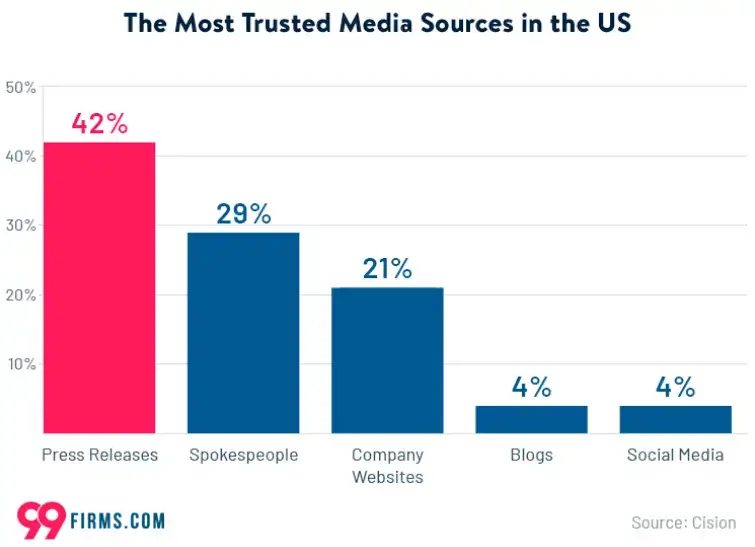
Image Credit: 99Firms
Customer Loyalty Touchpoints in the Consideration Stage
The second step of the customer journey is where consideration occurs. This is when people start thinking about their buying options and figuring out what they want in a company before making a purchase decision.
Of course, this is futile if the previous touchpoints weren’t executed well, so it’s important to remember that this is a holistic approach where every step matters. Here are some important touchpoints to keep in mind during the consideration stage.
4. Customer Research
It's easy for customers today to do their research online. They can quickly find information about your company and reviews from other customers.
This is why it's important to have a solid online presence, including a website that is easy to navigate and up-to-date social media profiles.
Ensure you're using all the tools at your disposal to make it easy for customers to learn about you and your solutions.
This includes using keywords in your website and social media content that people will likely use when describing problems they might be experiencing.
5. Product Selection
Customers want to know they're making the right decision when they buy something, and one of the best ways to do that is by having a wide selection of products that cater to their needs.
This is especially important if you sell unique or complex products to find.
Having a website with a good search feature will help customers find the products they're looking for quickly and easily. You can also make it easier for them by providing detailed product descriptions, images, and videos.
6. Social Proof
As customers browse your website and social media pages, look for ways to add social proof.
This could include testimonials from satisfied customers or even a case study describing how you helped others solve a problem similar to one your target audience experiences.
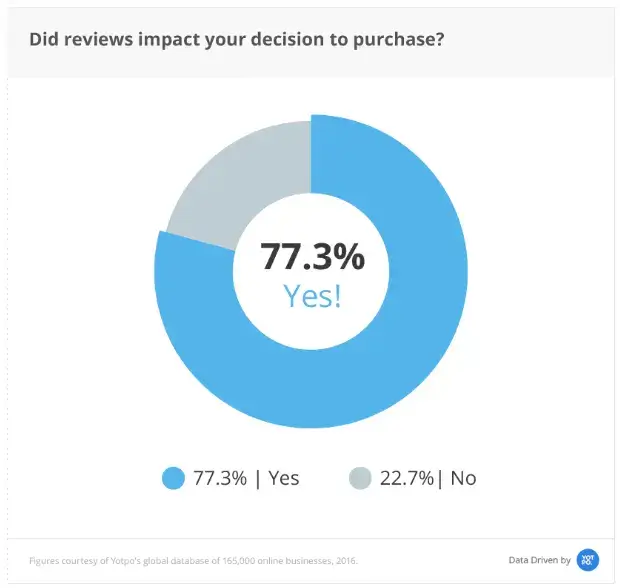
Image Credit: Yotpo
Customer Loyalty Touchpoints in the Decision Stage
It's time to decide once customers have gathered the necessary information. At this point, the key is ensuring that every aspect of your business - including operations, sales, and customer service - works together seamlessly.
You also want to maximize every opportunity you have with your potential customers and build loyalty in the process. Here's how you can do that:
7. Pricing and Value
The best way to close a sale is by showing the value customers will get when they pay your asking price. If you offer more than one product tier, try having packages set up in a plan comparison so customers can select the option that fits them best.
This will help boost sales because if explained well, people will understand that what you’re offering is higher in value than the amount of money they’re paying for it.
Offering package deals also makes it more accessible (and less expensive) than discounting individual items, making it a win-win situation for everyone involved.
8. Transaction Process
While you're selling your products, it's important to get customers excited about the service and then allow them to get their hands on their items as soon as possible.
You can accomplish this by keeping checkout simple and offering fast shipping methods. You also want to ensure that an easy-to-use returns policy is in place if a customer isn't delighted with their order.
Even if a customer returns a product and goes through a good experience, they can still come back for other products in the future.
In addition, they would also mention their great experience with others, which means that your customer acquisition costs will go down.
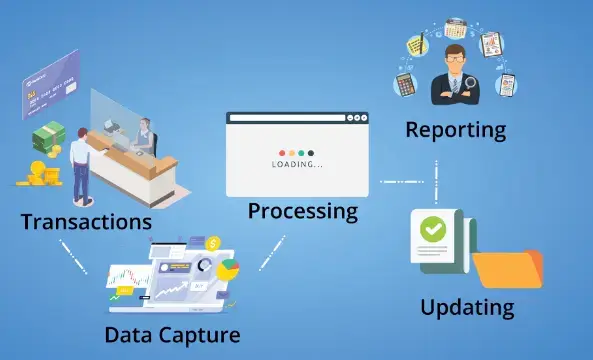
Image Credit: MindMajix
9. Customer Support
Whether in-person or online, customer support plays a significant role in establishing trust between you and your customers.
It's imperative with many businesses (including eCommerce) because these types of companies tend to have more expectations from customers when compared with brick-and-mortar stores.
When customers make decisions, they'll often ask themselves, "What if something goes wrong?" This is why it's good to have a Help Center or Knowledge Base and customer support team that can easily be reached 24/7 (if possible).
You can also add a live chat widget to your website to instantly receive notifications on your mobile device to answer questions from customers or interested buyers.
You should also ensure that your website and social media profiles have helpful content that customers can access, helping them with frequently asked questions.
It’s also important to remember that content marketing goes beyond lead generation. By creating content that helps customers understand more about the product or service they’ve just purchased, you'll be able to keep your customers coming back for more.
And as a bonus, you'll also be able to attract new customers who are looking for information about your products or services.
Customer Loyalty Touchpoints in the Retention Stage
Once you've closed a sale, it's time to focus on the next one. However, that doesn't mean you should forget about your existing customers.
It's important to nurture relationships with them through effective post-sale touchpoints, which will help minimize customer churn.
10. Customer Retention
Now is the time to ask for feedback. This helps keep your finger on the pulse of what customers like and don't like, which can help you improve products in future updates.
You also want to address all customer complaints promptly so they stay happy and loyal to your brand.
11. Cross-sells and Upsells
If customers view items during their purchase but do not add them to their cart, you can follow up with an email suggesting related products or even product upgrades.
This is a great way to increase sales because it exposes customers to other items they might be interested in.
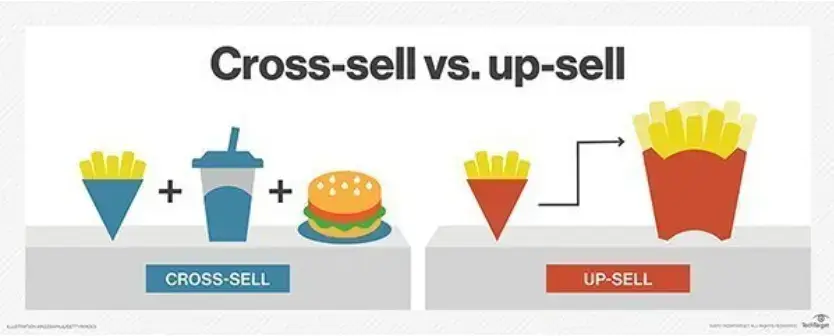
Image Credit: Instapage
12. Social Media Engagement
Regularly engage customers on your social media pages by sharing interesting content, running contests, and providing a sneak peek of new products.
Feel free to host webinars or live-streaming events to showcase new functionality and valuable training for your customers. This will help keep them interested in your brand and make them more likely to return in the future.
13. Loyalty Programs
Reward customers for their loyalty by offering discounts, free shipping, and other perks.
This will encourage them to continue doing business with you and might even get them to refer their friends and family members.
14. Customer Surveys
It's important to take the time to ask customers for their opinions because this can help you better understand what they want, which will, in turn, help you develop products that are in demand.
Surveys (and the correct follow-up) are also a great way to win back customers who might have had a poor experience with your company.
When conducting customer surveys, ensure that you use the right CRM software to keep track of your customers responses.
This will help generate a cohesive report that can be used to improve your business and your customer service.
15. Follow-up Emails
Send follow-up emails to remind customers about upcoming promotions or announcements.
This is an effective retention touchpoint because it keeps your brand top of mind, so when customers are ready to make another purchase, they'll come back knowing exactly what you have to offer.
You can opt for automated email scheduling based on certain conditions to reduce the manual workload.
Customer Touchpoints Conclusion
The customer loyalty cycle must be kept in mind when running your business. By focusing on the various touchpoints, you can create a strategy to keep customers coming back for more.
Understanding what creates customer loyalty is no easy feat. If you are still beginning your business venture, there are various tips and tools to boost your startup.
These tools will ensure that everyone on your team is moving in the same direction and that you are consistently delighting your audience.
If you’ve been in business for a while, it still helps to be clear on the strategies that need to be followed by everyone involved.
Building customer loyalty through various touchpoints is essential at every stage of a business. It would help if you always looked for new and innovative ways to keep customers engaged with your brand.
Remember the above tips, and you'll be well on your way to establishing a loyal customer base.
Author Bio
Hanson Cheng is the founder of Freedom to Ascend. He empowers online entrepreneurs and business owners to 10x their business and become financially independent. You can connect with him here.


